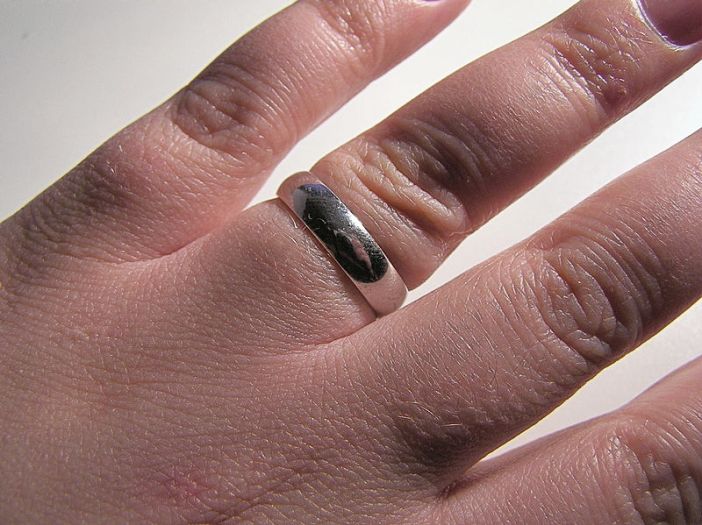The 2016 presidential campaign yet again proves to be quite the horserace, if etymology has its say.
After an anti-Trump super PAC made use of a nude photo of Trump’s wife, Melania, in a political ad during last week’s Utah caucuses, Donald Trump threatened he would “spill the beans” on fellow Republican candidate Ted Cruz’s wife. As lexicographer Ben Zimmer recently explained, the expression spill the beans actually originates in U.S. horse-racing.
Then, the pro-Trump National Enquirer accused Cruz of extramarital affairs. Cruz responded by pinning the “garbage” allegations on “Donald Trump and his henchmen.”
Today, as we see Cruz imply, a henchman – or henchperson, as language writer Stan Carey has observed – does his boss’s dirty work. But historically, a henchman may have gotten their hands dirty with a very different kind of business. See, the best we can tell, the hench in henchman is all about horses.

From groom to goon
The Oxford English Dictionary (OED) first cites henchman in 1360, when, taking the Medieval Latin form of hengestmannus, the word appeared in official financial records during Edward III’s reign. Then, a henchman named a kind of “squire” or “page” who attended on a royal or noble figure on foot – or, more important to the origin of the word, horseback – during a procession. (The two henchmen noted in the OED’s earliest accounts were apparently named “Mustard” and “Garlic.”)
Henchman, then, probably began an ordinary “groom” but later rose in rank, a social mobility that the words constable, marshal, and groom itself also enjoyed.
Henchman appears to join man to hengest, an Old English word that named a “horse,” “stallion,” or “gelding.” For the compound, philologist Walter Skeat identifies relatives in the Icelandic hestvörðr (“horse-ward) and Swedish hingstridare (“horse-rider”). Hengest itself has widespread Germanic cognates, which some Indo-European scholars reconstruct in the Proto-Germanic *hangistaz, “best at springing,” rooted in a Proto-Indo-European base for “to spring.”
But right after 1200, hengest flees the written record except as an element in various proper names associated with Hengist, the alleged war-name of the Jutish conqueror of Kent in the 5th century. And, while Skeat cites Nordic kin, the OED notes no compound counterpart for henchman in other Germanic languages.
The origin of henchman does some raise questions, even if we have a good hunch about it.
In the late 14th-century, Henry IV, then the Earl of Derby, added henchmen (henksman and hensman in the historic documentation) to his retinue on an important expedition. English royalty thereafter variously enlisted henchmen for royal service until Queen Elizabeth abolished them in 1565. Henchman itself flees English after the 1650s until Sir Walter Scott (re)popularized the word.
Editing Edmund Burt’s 1754 Letters in the North of Scotland, Scott encountered hanchman, which Burt describes as a personal attendant “at the Haunch” of a Highland chief, a kind of gillie. At that time, Scottish pronounced hanchman something like henchman, which spelling Scott used when he employed the word in his Lady of the Lake for a “follower.”
So, as the OED wonders, did Burt just coin hanchman or actually revive the obsolete term? As philologist Ernest Weekly offers, “There may be no real connection to the [Modern English] word.”
After Scott, henchman spread into politics. The OED cites it as a “stout political supporter” by 1839, noting it started showing the “unscrupulous” (if not outright “nefarious”) character Ted Cruz conveyed in American English by the end of the 19th century.
Does hench the henchman ultimately come from the, er, horse‘s mouth? Possibly, but it’s not crystal clear. Just like the outcome of the presidential race: Will all these spilled beans and henchmen open up a lane for another political term rooted in horse-racing, the dark horse candidate? John Kasich seems to be betting on it.
For more on horse-y etymologies, see my posts on horse and derby.







